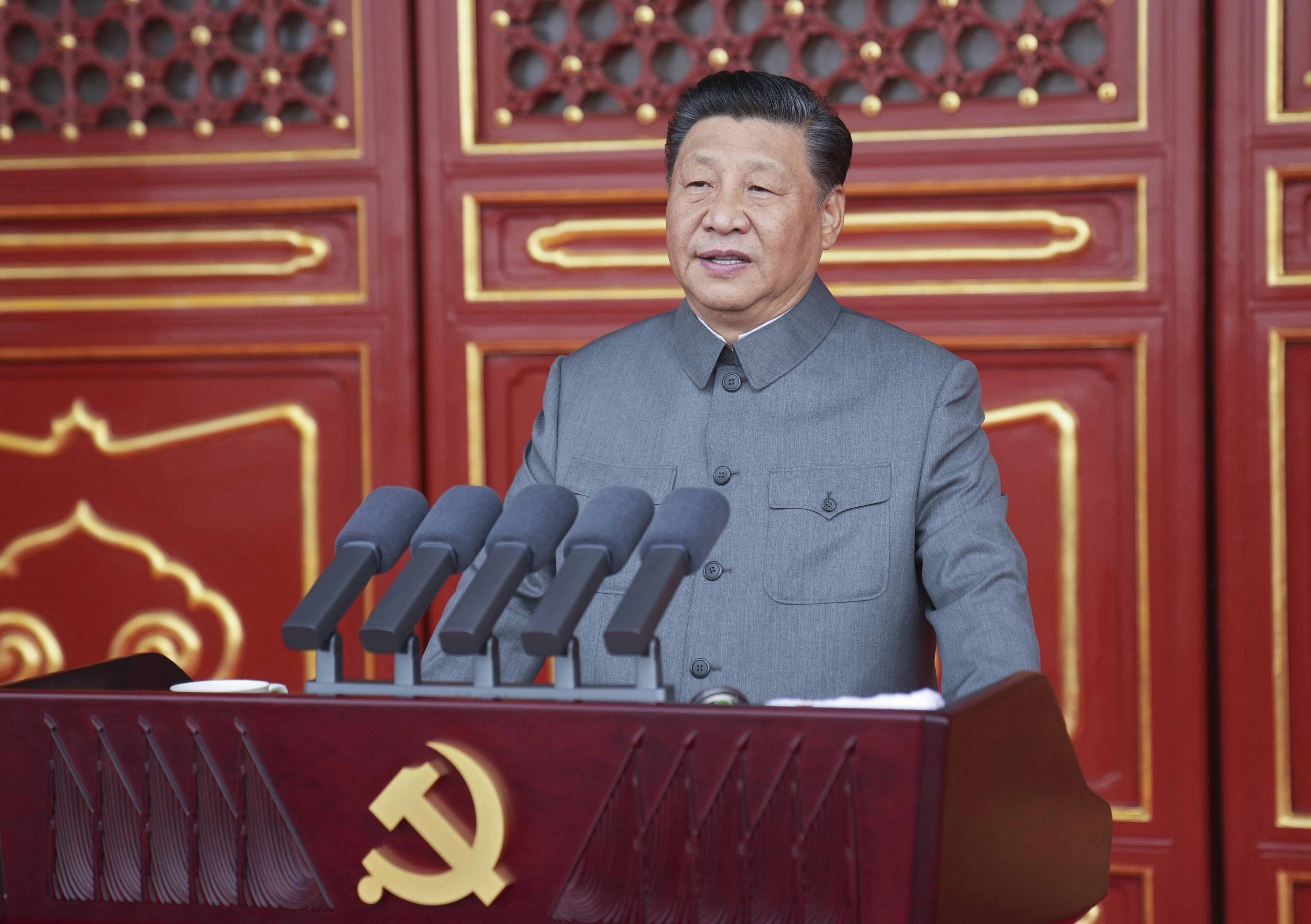In order to combat the coronavirus pandemic, officials in a Chinese city, Ruili, bordering Myanmar have deployed facial recognition technology connected to personal health codes as privacy concerns mount over the government.
In the last five years, China’s government has rushed to install more than 200 million CCTV cameras to “cover all public spaces,” making it one of the world’s most surveilled countries.
During the peak of the outbreak, police officers in major cities donned helmets with facial recognition technology and infrared cameras to monitor pedestrian temperatures.
In China, which was the first country to employ a QR code system to register test results and trace interactions, surveillance has been widely used to fight COVID-19.
However, this is the first time face recognition has been used to follow a person’s activities and health conditions as they enter and depart residential neighbourhoods, supermarkets, and public transportation.
Also Read | US warns China on military action on the Philippines in the South China Sea
“Everyone who comes in and out needs to have their (health) code and face scanned to pass,” officials in Ruili, in Yunnan province, told reporters on Saturday.
According to data released Tuesday, Ruili found 155 cases in the previous week, making it one of the deadliest viral outbreaks in recent months in China.
“Security tools such as facial recognition cameras, smart door locks and road barriers (run by police or community volunteers) have been put in place in key areas,” local authorities said in a statement.
According to China National Radio, the scanners can also monitor people’s temperatures.
There are no specifics on how long the database would retain records or whether the system, which is overseen by the city’s pandemic prevention team, will be shut down after the outbreak has been stopped.
Also Read | With fan ban, Fukushima residents rue Tokyo ‘Recovery Olympics’ message
Ruili, a city of about 210,000 people, is a key crossing point from Muse, Myanmar, which has witnessed growing instability since a February 1 coup, generating worries that people would flee the bloodshed by crossing the Chinese border.
According to the Yunnan Provincial Health Commission, Myanmar citizens accounted for over half of the new cases recorded in the last week, but it was unclear how they reached the city.
When it comes to coronavirus clusters, China has taken a zero-risk strategy. With strict border restrictions, mass testing, lockdowns, and tie-ups with big tech for surveillance, the illness has been mostly contained since it first surfaced in the central city of Wuhan in late 2019. However, the proliferation of new health tracking applications has prompted worries about privacy.
Also Read | India’s first COVID patient again tests positive for the virus
According to a New York Times investigation in January, a widely used app monitoring travelling history and virus testing produced by Chinese e-commerce giant Alibaba supplied data to the authorities.
China’s ubiquitous monitoring network has been criticised by human rights groups, who claim it is being used to stifle dissent and target minority-ethnic groups.







